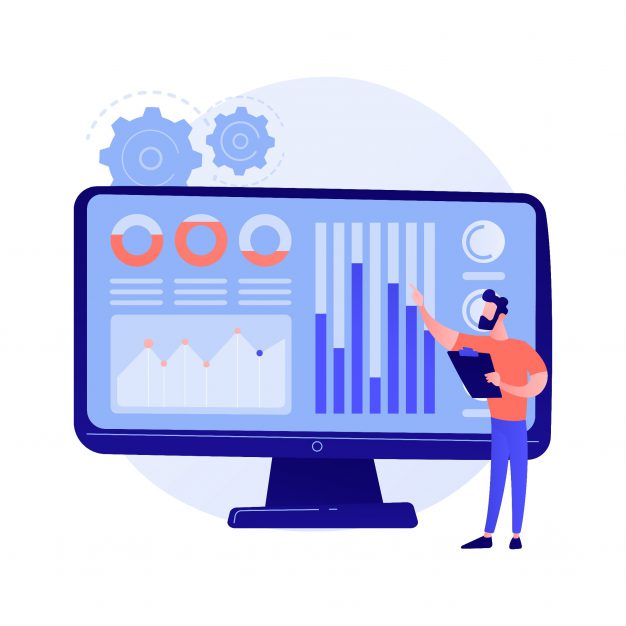How To Automate Data Ingestion With A Data Ingestion Pipeline
Data is a crucial element to technologies like artificial intelligence (AI) and machine learning as well as business operations. The insights and analytics provided by data are extremely useful when making business decisions and, over time, the volume of data a business accesses or utilises has grown significantly.
The data that is used across industries is extracted from various sources. In order to be stored for further analysis, data needs to be moved from one or more sources to a storage destination. This process is known as data ingestion and the process must consider that the datasets are in different formats and come from different sources. This means that the data requires cleansing and transformation before it can be analysed.
Data ingestion can take place in real-time, in batches, or in a combination of the two. When data ingestion takes place in batches, the ingestion layer collects the data periodically and sends it to the database. The batches may take place according to a simple schedule, a programmed logical order, or by activating certain conditions.
Batching is seen as a more cost-effective approach and it is also the most common type of data ingestion.
However, if real-time data is necessary, batch processing does not suffice and a real-time approach must be implemented. This process involves the sourcing of data as soon as the data is available and the data ingestion layer recognises it.
Unlike batch processing, this approach uses a system that constantly monitors the data sources for new information.
The choice between batch processing and real-time streaming depends on the requirements of the company and the type of data needed. Each approach has its strengths and weaknesses, but data ingestion in general has its own challenges as well.
One of the main challenges of data ingestion is speed. Manually cleansing data, especially given that the volume of data has increased over the years, is a time-consuming and expensive process. It can also be a complex process, with the emergence of new data sources.
Security may also be a concern when moving data from various sources to a storage destination.
Various solutions have been developed to address these challenges, making the process flexible, less complex and cost-efficient.
One such solution is automating data ingestion with the use of a data ingestion pipeline.
A data ingestion pipeline is used to move streaming data and batched data from a database or data warehouse to a data lake. This process consists of a few steps, starting with a data inventory. A data inventory includes all the data required for the process, source systems, and target systems.
It is also important to make a list of the preparations needed to make the data useful. What follows is the designing of a linear combination of steps to extract, transform and transmit the data. After deploying the necessary tools to carry out extraction and transformation, the pipeline can be built. Running and testing the framework is the final step of the process, with additional tools installed to monitor a piece of information as it passes through the pipeline.
There are certain challenges to this process. Data sources change over time, which means that the formats and types of data collected also change. A data ingestion system must be built to accommodate any changes in data sources in the future. This can be a challenge to businesses, which is why many rely on the expertise of data ingestion solutions.
Cost is another challenge to consider. Building a real-time data ingestion pipeline can be costly, especially one that can handle a diverse and large volume of data. However, it needs to be understood that the benefits of data ingestion and the automation of it with a data ingestion pipeline is worth the investment.
This applies to various industries and fields. A machine learning consultancy, for instance, will find data ingestion pipelines extremely useful. Machine learning models rely on consistent and accessible data and a data ingestion pipeline can make data extraction for analysis a less time-consuming process.
